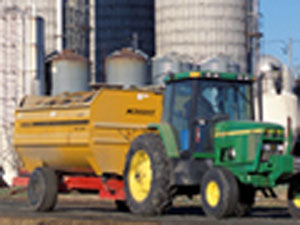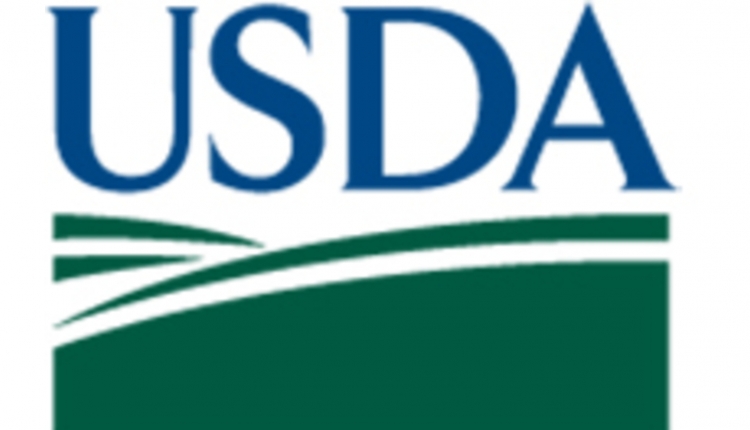
Labor is the second largest single expense on a dairy farm after feed cost. A new 25-page report summarizing regional dairy labor trends is now available online at www.nnyagdev.org
"The farmer committee that prioritizes projects felt that the regional survey could be a first step toward better retention and training of farm employees through enhancing the understanding of how our farms are interacting with workers, our strengths, and where we can make improvements," said NNYADP Co-Chair Jon Greenwood, a St. Lawrence County dairy farmer.
Cornell University Cooperative Extension and Cornell Dyson School of Applied Economics and Management personnel conducted a confidential survey of 32 farms to analyze and identify possible correlations or causation trends between labor management methods and production or farm business factors.
"This research will help embrace farm-employee relations as well as provide insight that may also positively impact farm management and sustainability," said NNYADP Co-Chair Jon Rulfs, a dairy and orchard owner in Clinton County.

The report includes 43 datasets presenting information on the types of dairy farms responding; the types of on-farm jobs; hiring practices; and employee longevity, performance evaluation, training methods, and compensation.
"Contrary to current perceptions that a majority of dairy farm labor is Hispanic or immigrant, the data from Northern New York indicates that the regional farms are using a majority of local labor. Farmers can use this research to evaluate their work structures and open discussion with their particular labor force in comparison with the most common farm labor trends in the Northern New York region," says Cornell University Cooperative Extension Farm Business Management Specialist and project co-leader Kelsey O'Shea, Canton, N.Y.
"This type of facilitated research provides regional farms the opportunity to gain insight they might not otherwise take the time to learn first-hand about their own operations and how they measure up to peers operating under similar conditions," noted NNYADP Co-Chair Joe Giroux, who operates a dairy farm with his son Todd in Beekmantown.
O'Shea and her project colleagues are now assisting participating farms with applying the data to their dairy businesses. The results of this research are expected to be presented at "State of the Dairy Industry" meetings in the NNY region this summer.
The research team is also developing a "How to Make the Best Hiring Decisions" educational program based on the top two priorities identified by farm owners as ways to make managing and retaining labor easier. That program is expected to be available in the fall of 2019.
The "Labor Trends and Their Impact on Financial and Production Factors on Dairy Operations in Northern New York" report is posted under Dairy Research on the Northern New York Agricultural Development Program website at www.nnyagdev.org
Funding for the Northern New York Agricultural Development Program is supported by the New York State Legislature and administered by the New York State Department of Agriculture and Markets.


